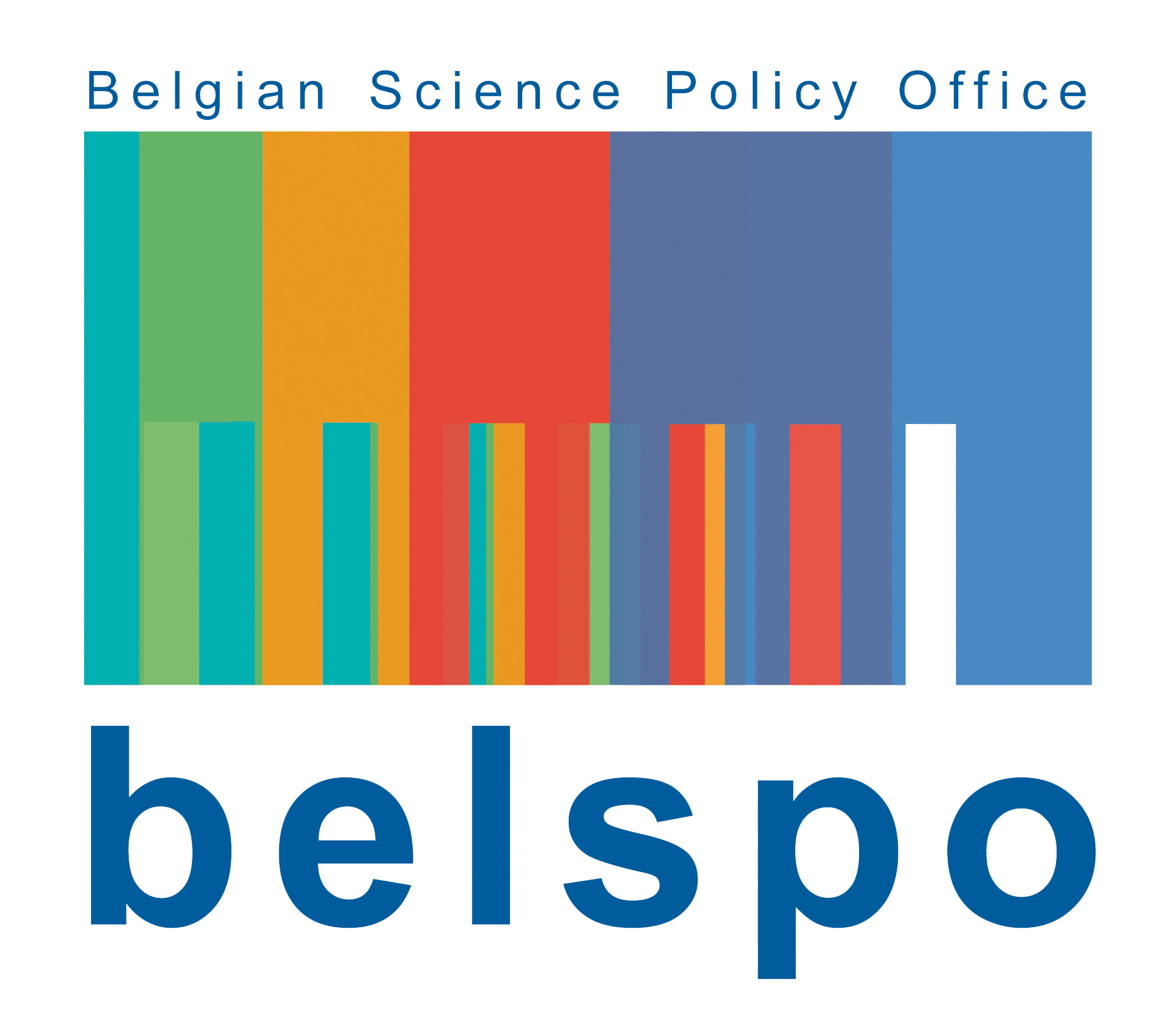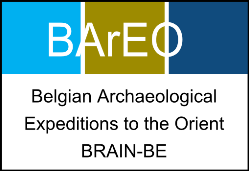website
Belgian Bioarchaeological Research in the Near East
 Belgian Archaeological Expeditions to the Orient
Belgian Archaeological Expeditions to the Orient
Heritage in Federal Collections
This interdisciplinary research project of the Royal Museums of Art and History (RMAH), the Royal Belgian Institute of Natural Sciences (RBINS) and Ghent University (UG) centres around the archaeological expeditions in the Near East under taken by Belgian Federal Institutions. These campaigns have resulted in a wealth of information comprising excavation notes, plans, photographs, artefacts and bioarchaeological samples. The BArEO project aims to ensure the preservation of these archaeological records and provide an optimal accessibility for scientists as well as the wider public by means of data management and digitisation techniques. At the same time the project will exploit these data through specific research topics. In this way the project envisages to valorise this national heritage.
The BArEO project is funded by the BRAIN-be programme of the Belgian Science Policy Office (BELSPO).
 Belgian Bioarchaeological Research in the Near East
Belgian Bioarchaeological Research in the Near East
All collections concerning bioarchaeological research are processed at the Royal Belgian Institute of Natural Sciences (RBINS). Belgian archaeological projects and Belgian institutions have been conducting bioarchaeological research in the Near East for several decades. Bioarchaeology consists of the study of all living organisms in archaeological contexts, i.e. animal and plant remains and human skeletons, with the aim of reconstructing the former relationship of humans with their biological environment. Bioarchaeology is therefore essential to understand the way people were able to create a livelihood in their specific environment, to what extent they were successful and how this changed through time. Especially over the last three decades, Belgian bioarchaeologists have contributed significantly to our understanding of past societies in the Near East.
Within the BArEO project, the bioarchaeological component is engaged in compiling a comprehensive inventory of this type of research carried out in the Near East within the scope of Belgian archaeological projects as well as of bioarchaeological studies performed by Belgian scientists in the region. This will result in an overview of the state of the art of Belgian bioarchaeological research in the Near East, which can direct future lines of research. Furthermore, it will provide a database where scholars and other interested parties can consult the work undertaken by Belgian bioarchaeologists.
Sites where Belgian bioarchaeological research has been conducted
Additionally, the bioarchaeological involvement within the BArEO project consists of processing, digitizing and archiving bioarchaeological remains from Belgian excavations in the Near East that have not yet been (fully) analysed or published. In this way the wider scientific community will be able to benefit from the results of these studies and their implications for the reconstruction of the former environment and subsistence strategies of the societies and regions under study. One of the sites that will be intensively investigated is the site of ed-Dur (United Arab Emirates) excavated by an international team of scientists, including the Belgian team of Ghent University under direction of prof. Ernie Haerinck. The vast collection of faunal remains has been partly analysed in the field and partly in the laboratories of Ghent University and the Royal Belgian Institute of Natural Sciences. This faunal assemblage has the potential of serving as a reference for the region and hence an in depth publication of the material will be beneficial for the archaeology of the northeastern Arabian peninsula.
Aerial view of ed-Dur - from Boucharlat, R., E. Haerinck, O. Lecomte, D.T. Potts and K.G. Stevens 1989: The European Archaeological Expedition to Ed-Dur, Umm al-Qaiwayn (U.A.E): An Interim Report on the 1987 and 1988 Seasons. Mesopotamia XXIV, 5-72




Wim Van Neer
 Prof. Wim Van Neer
Prof. Wim Van Neer
Senior Scientist, Royal Belgian Institute of Natural Sciences, Brussels
Professor, Katholieke Universiteit Leuven
Address: Vautierstraat 29 B-1000 Brussels
Telephone: + 32 (0)2 627 44 38
E-mail: wvanneer@naturalsciences.be
Research themes: Wim Van Neer (co-promoter) is senior researcher in the Operational Direction ‘Earth and History of Life’ of the RBINS and teaches osteo-archaeology at the KU Leuven. He carries out archaeozoological work in the Near East, Africa and Europe, to reconstruct the past interaction between man and the animals in his environment. Fish are his favourite animal group. Excavation participation in the Near East: ed-Dur (UAE), Tell Beydar, Tell Tweini, Apamea (Syria), Sagalassos (Turkey).
Personal web page:
//naturalsciences-be.academia.edu/WimVanNeer
//www.bioarchaeology.be/cm/wim-van-neer
Researchers
Researchers working within the BArEO project at the Royal Belgian Institute of Natural Sciences
 Prof. Wim Van Neer
Prof. Wim Van Neer
Senior Scientist, Royal Belgian Institute of Natural Sciences, Brussels
Professor, Katholieke Universiteit Leuven
 Dr. Eva Kaptijn
Dr. Eva Kaptijn
Researcher, Royal Belgian Institute of Natural Sciences, Brussels
 Dr. Bea De Cupere
Dr. Bea De Cupere
Researcher, Royal Belgian Institute of Natural Sciences, Brussels
 Dr. Elena Marinova
Dr. Elena Marinova
Researcher, Royal Belgian Institute of Natural Sciences, Brussels
Researcher, Katholieke Universiteit Leuven
 Dr. Veerle Linseele
Dr. Veerle Linseele
Postdoctoral research fellow of the FWO-Flanders
 Katrien van de Vijver
Katrien van de Vijver
PhD Candidate, Katholieke Universiteit Leuven
Wim Wouters
Mircea Udrescu
